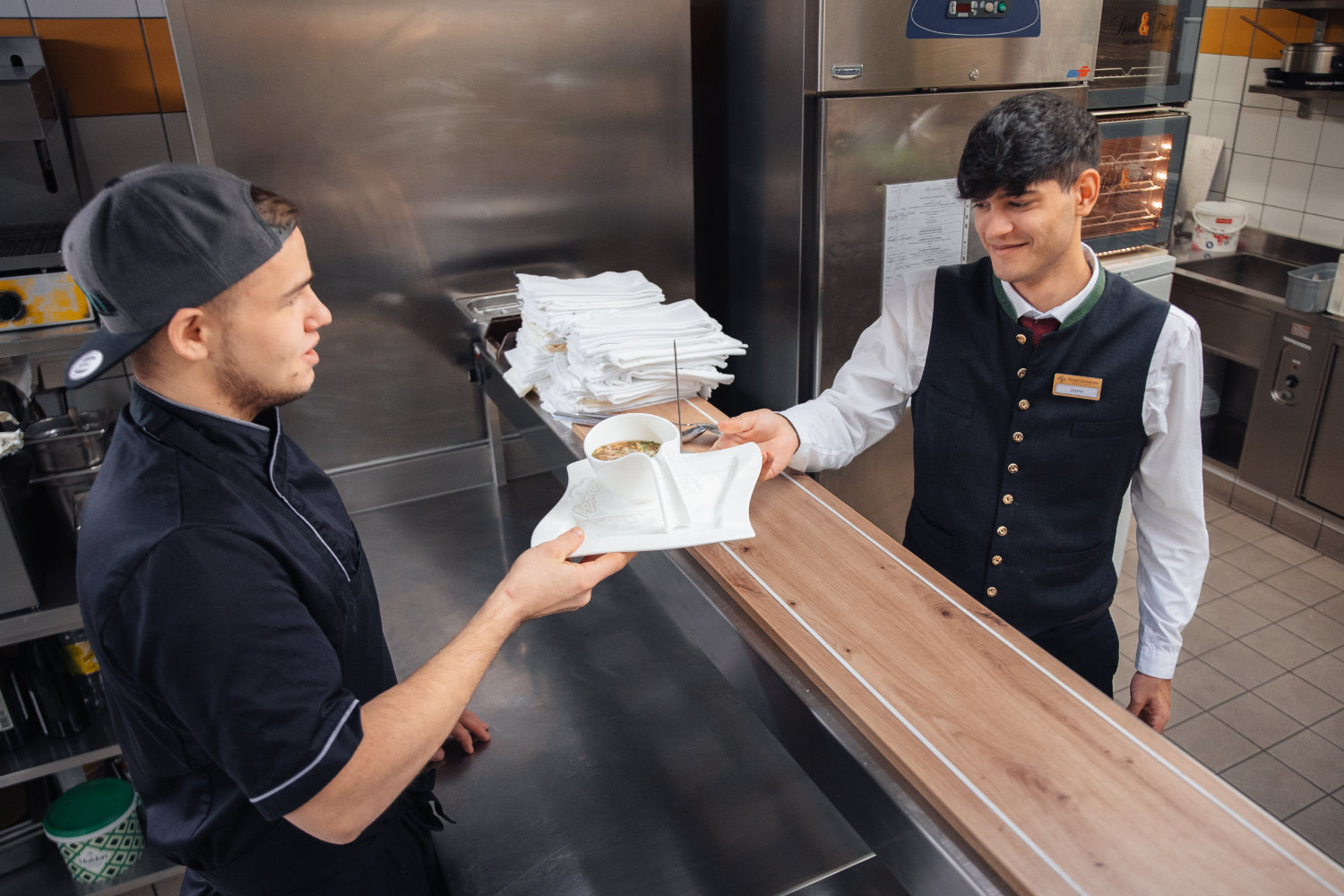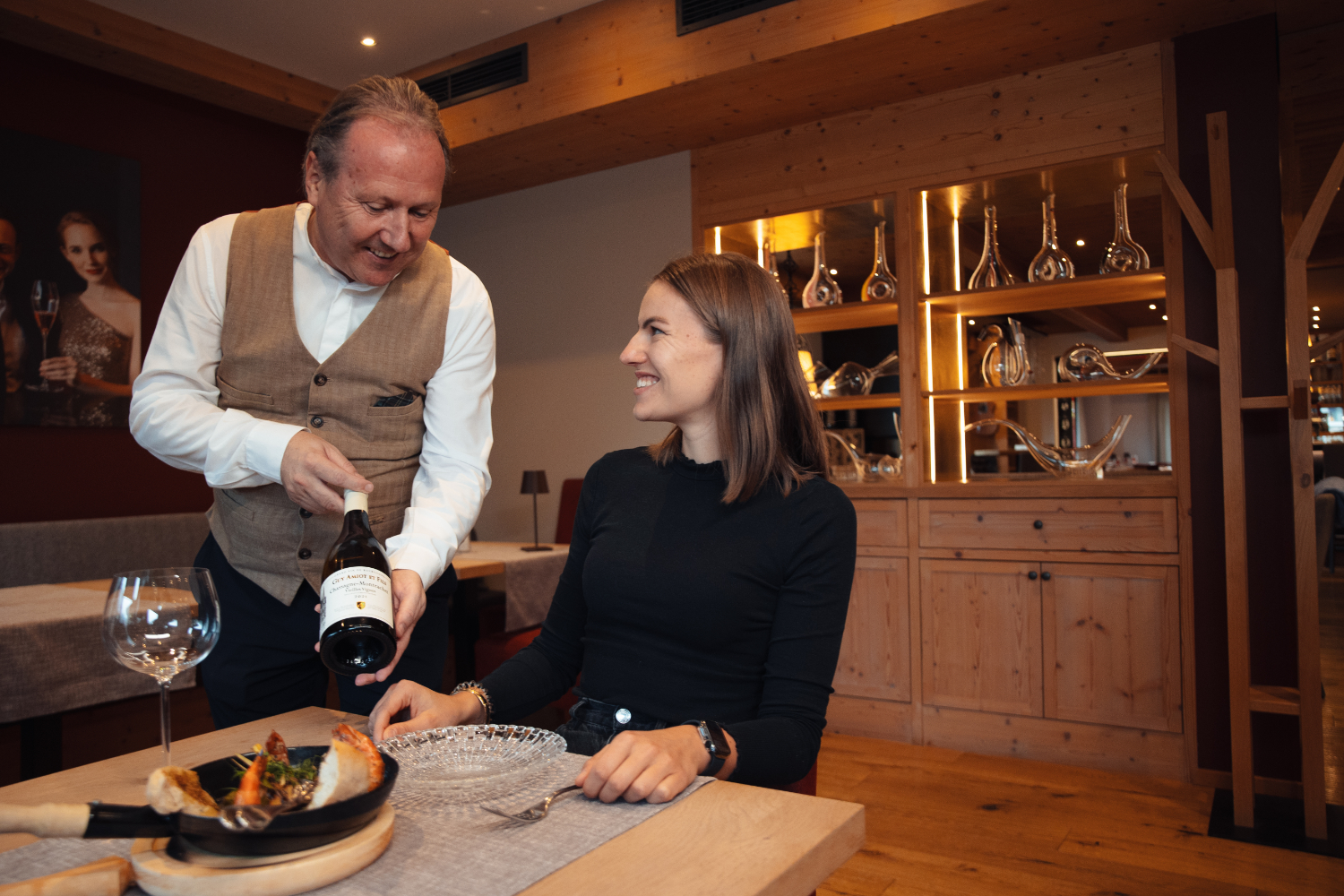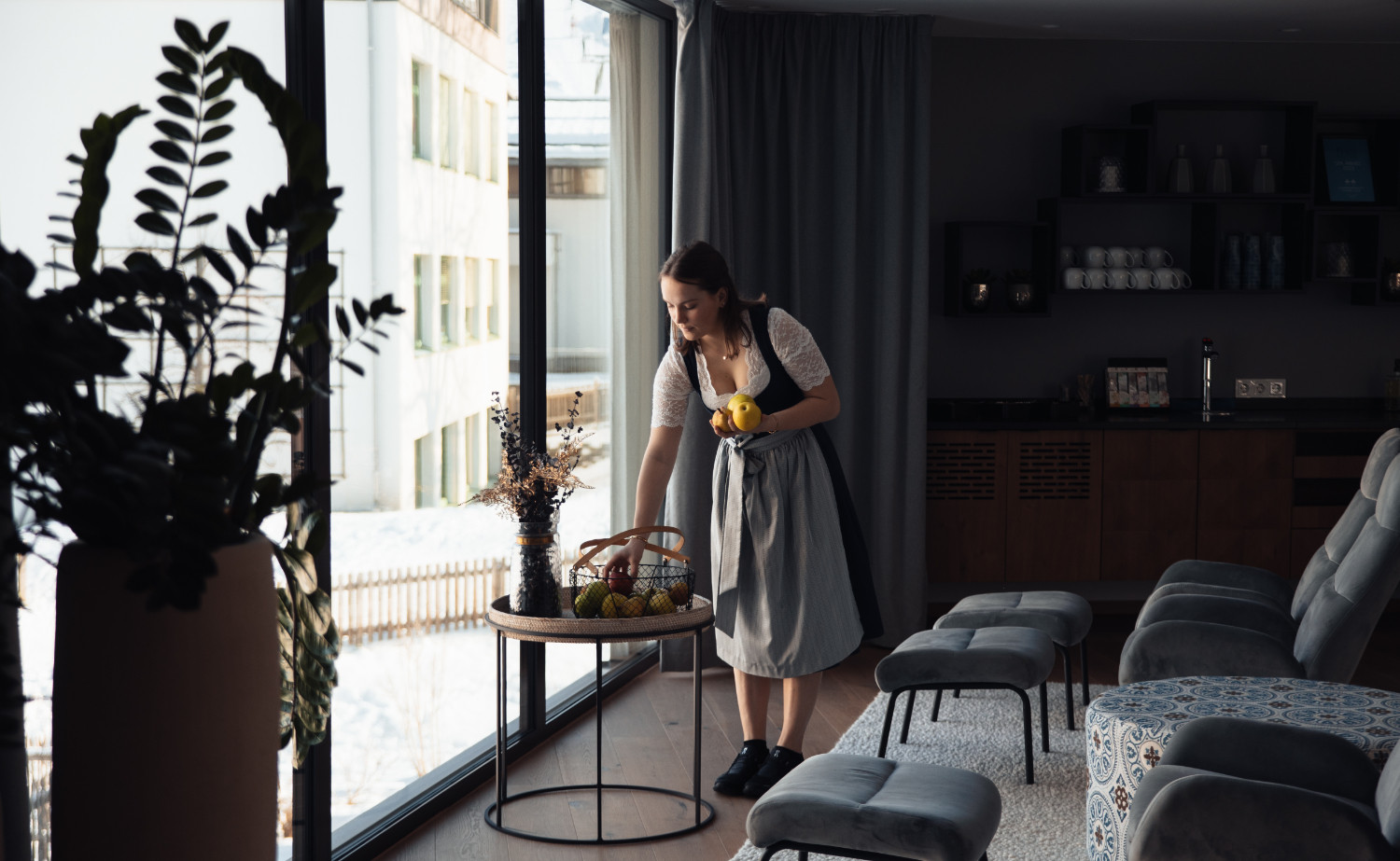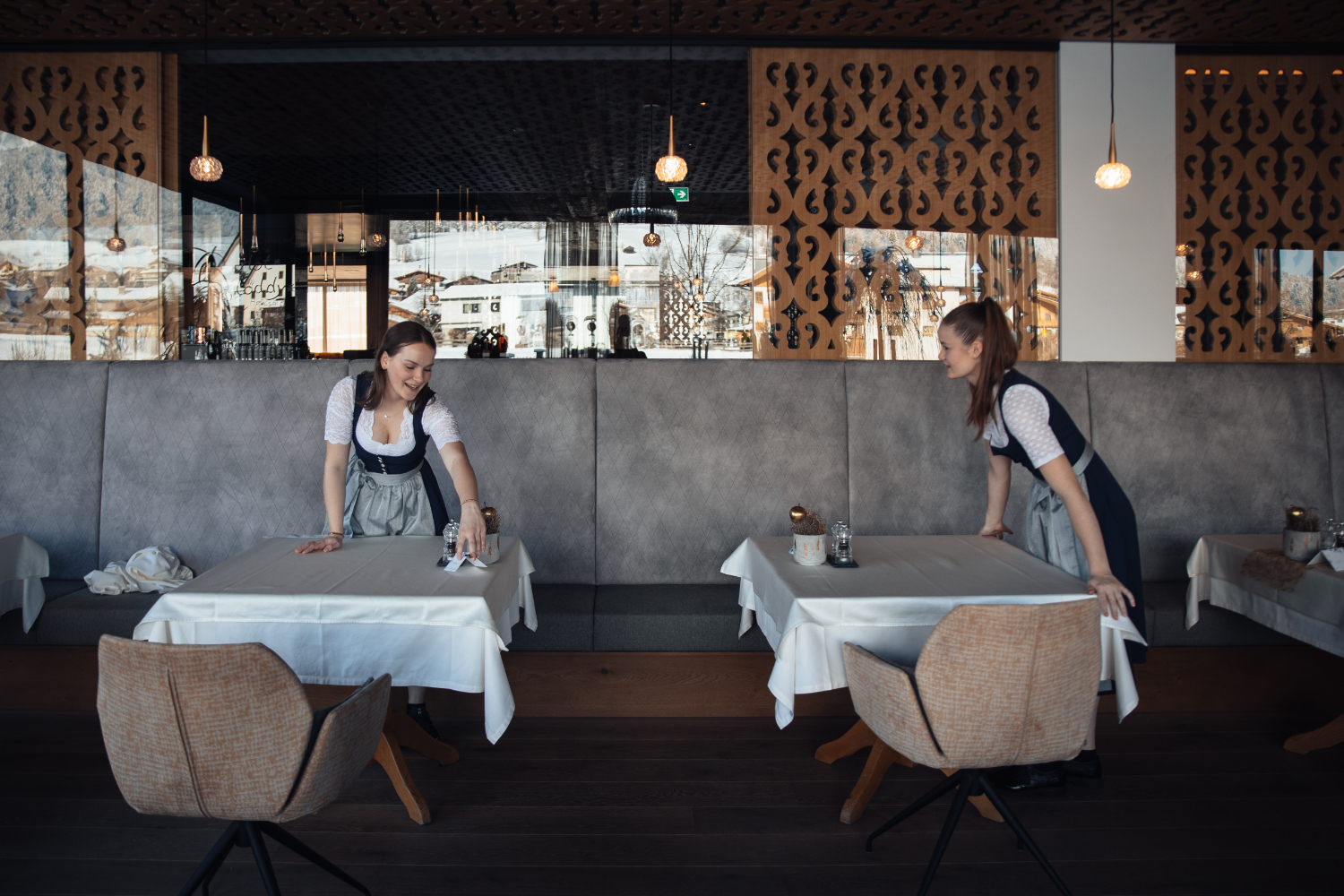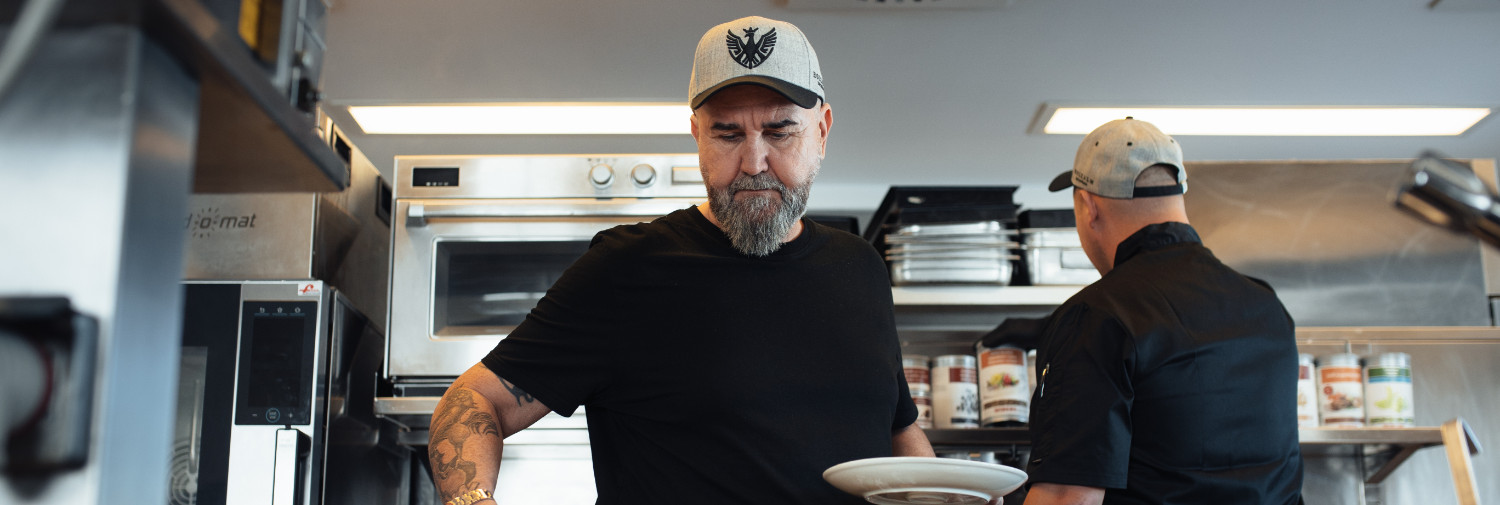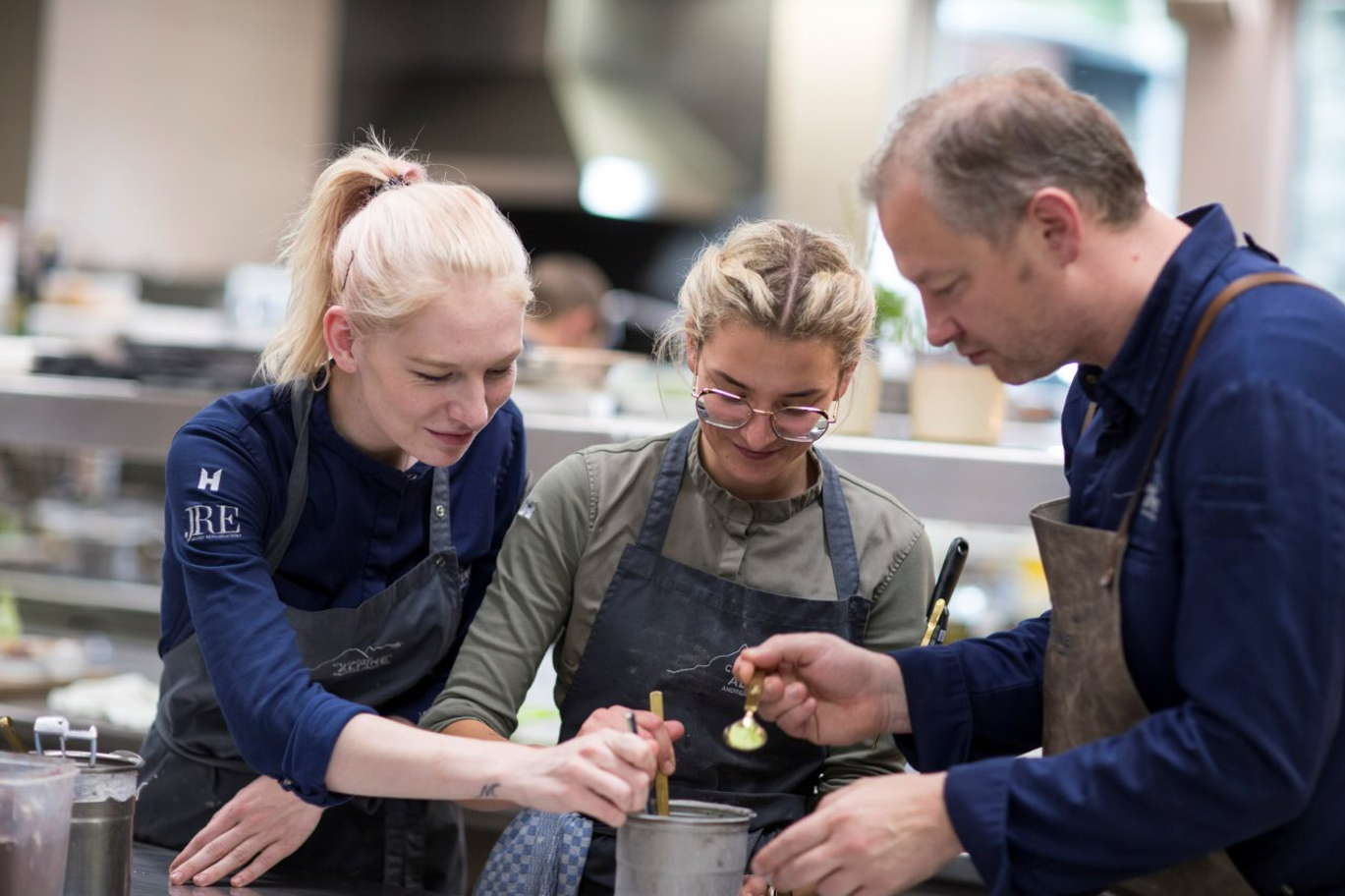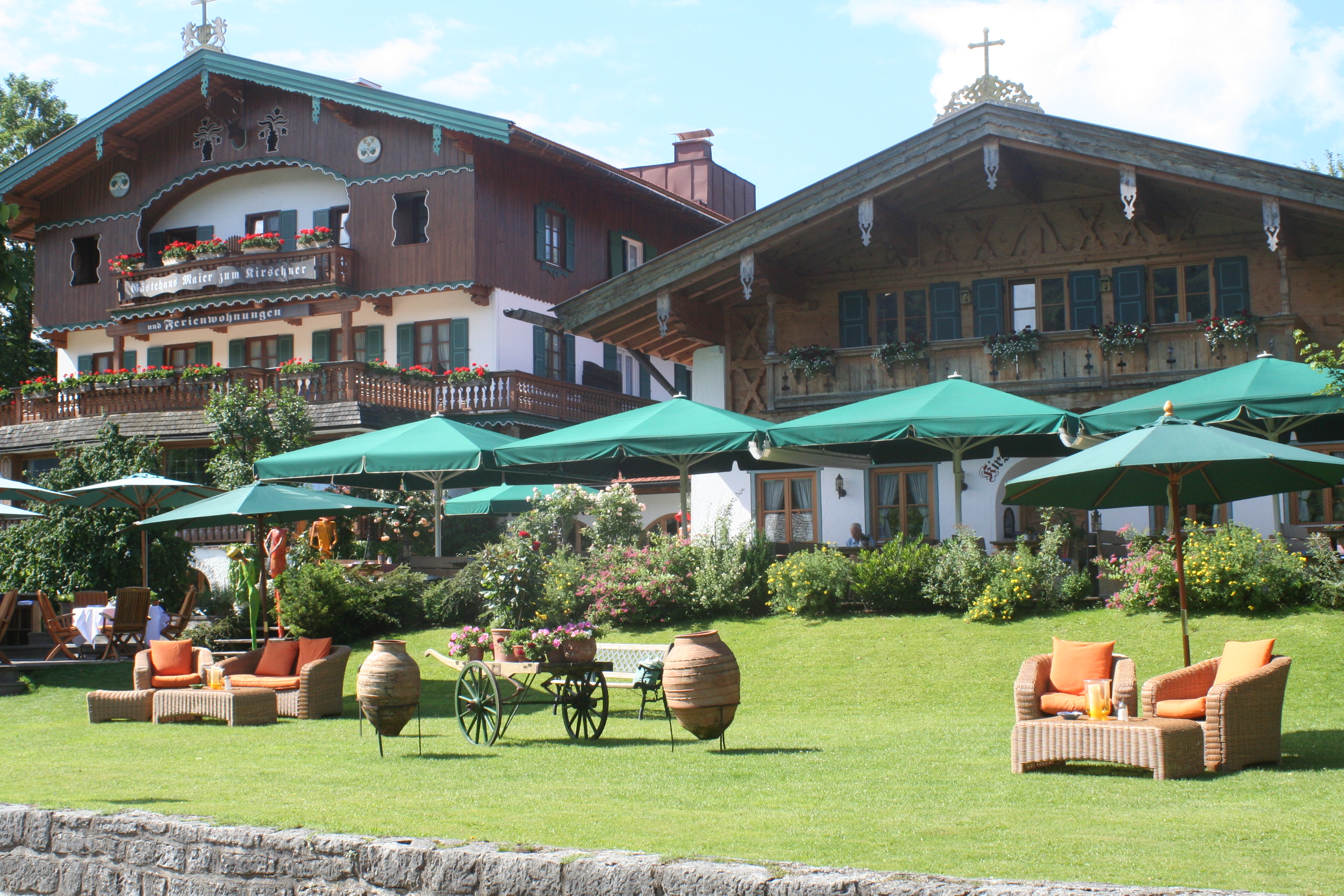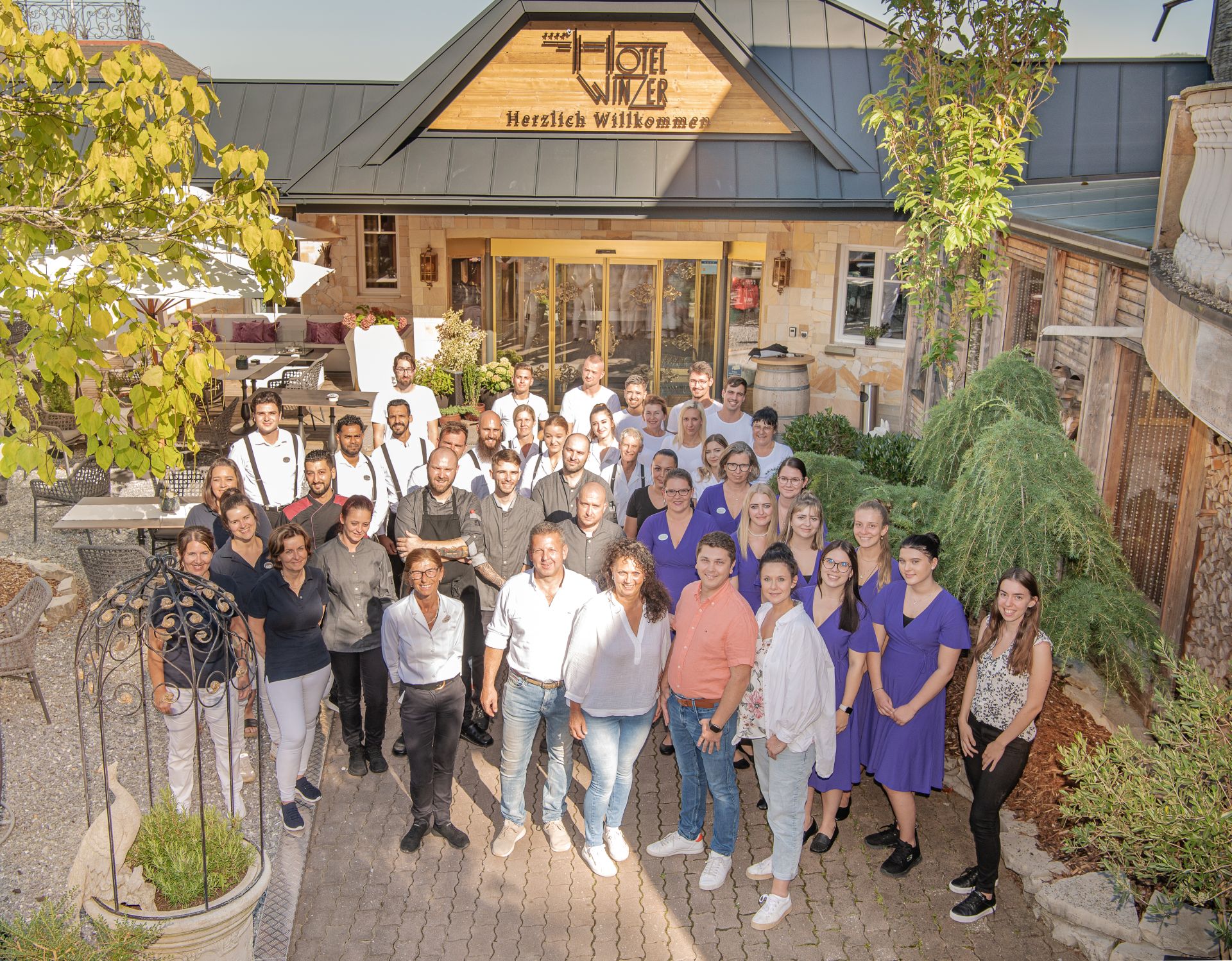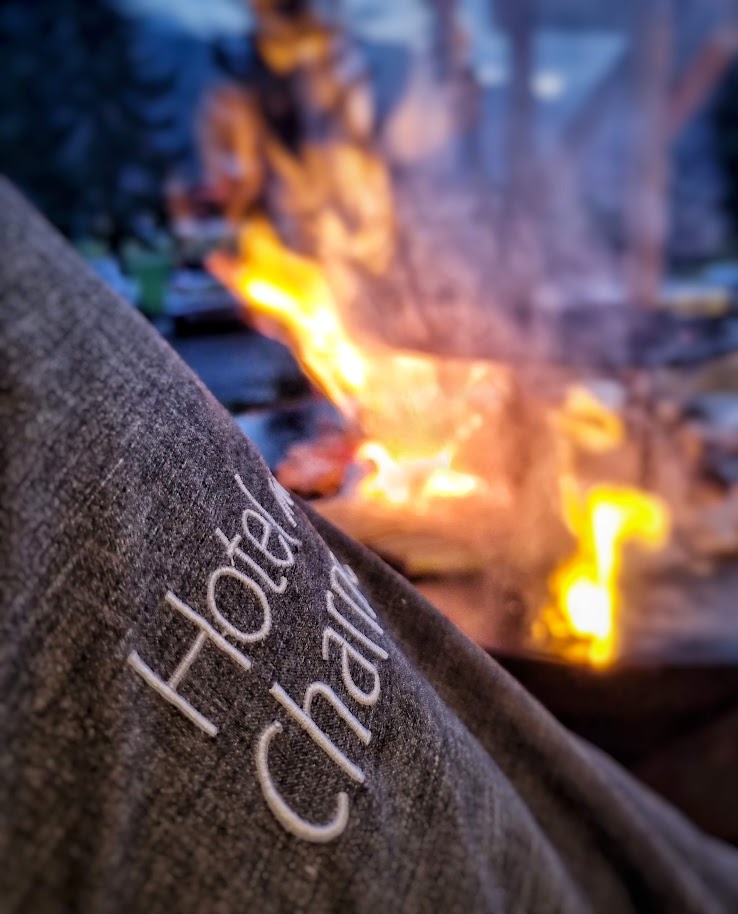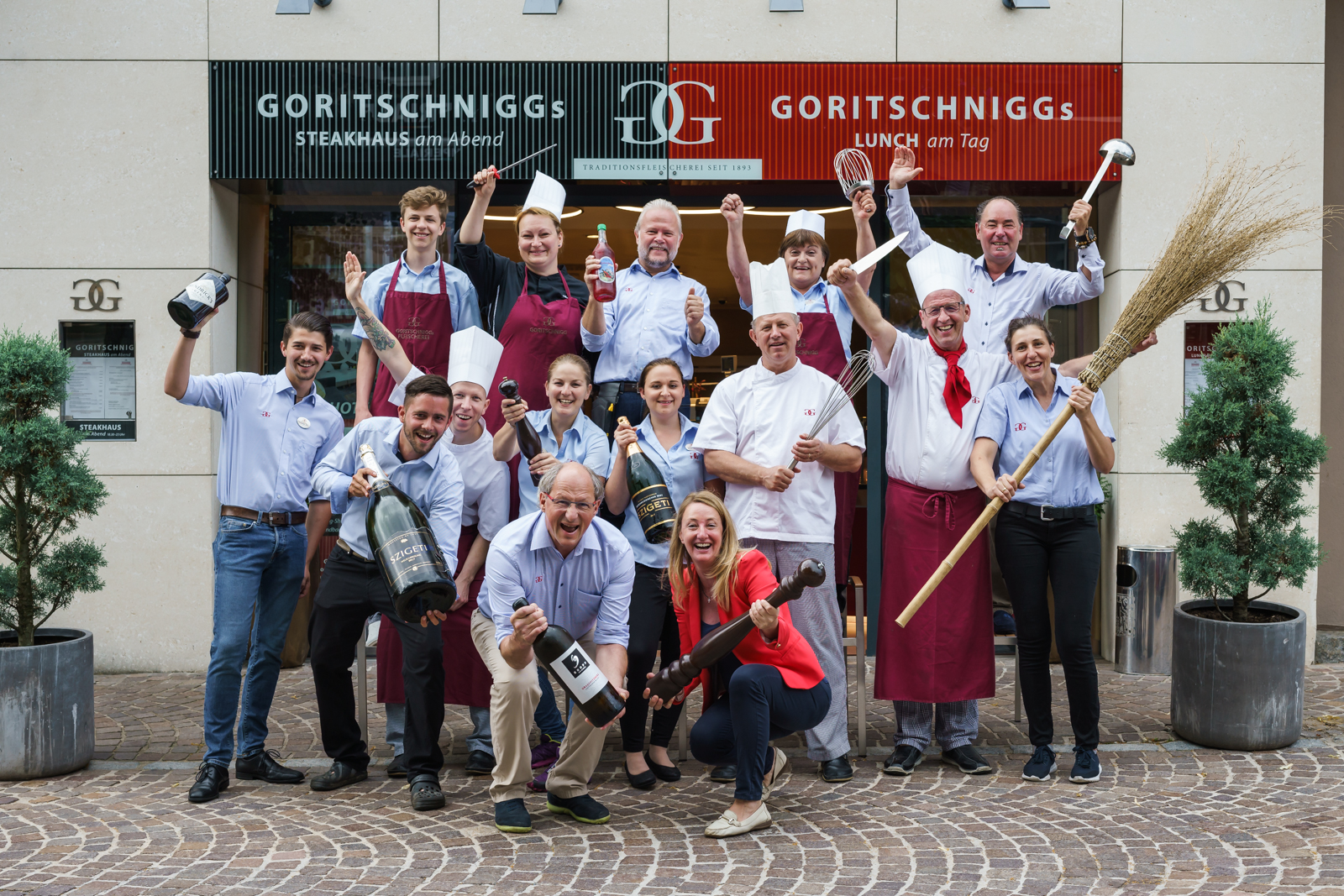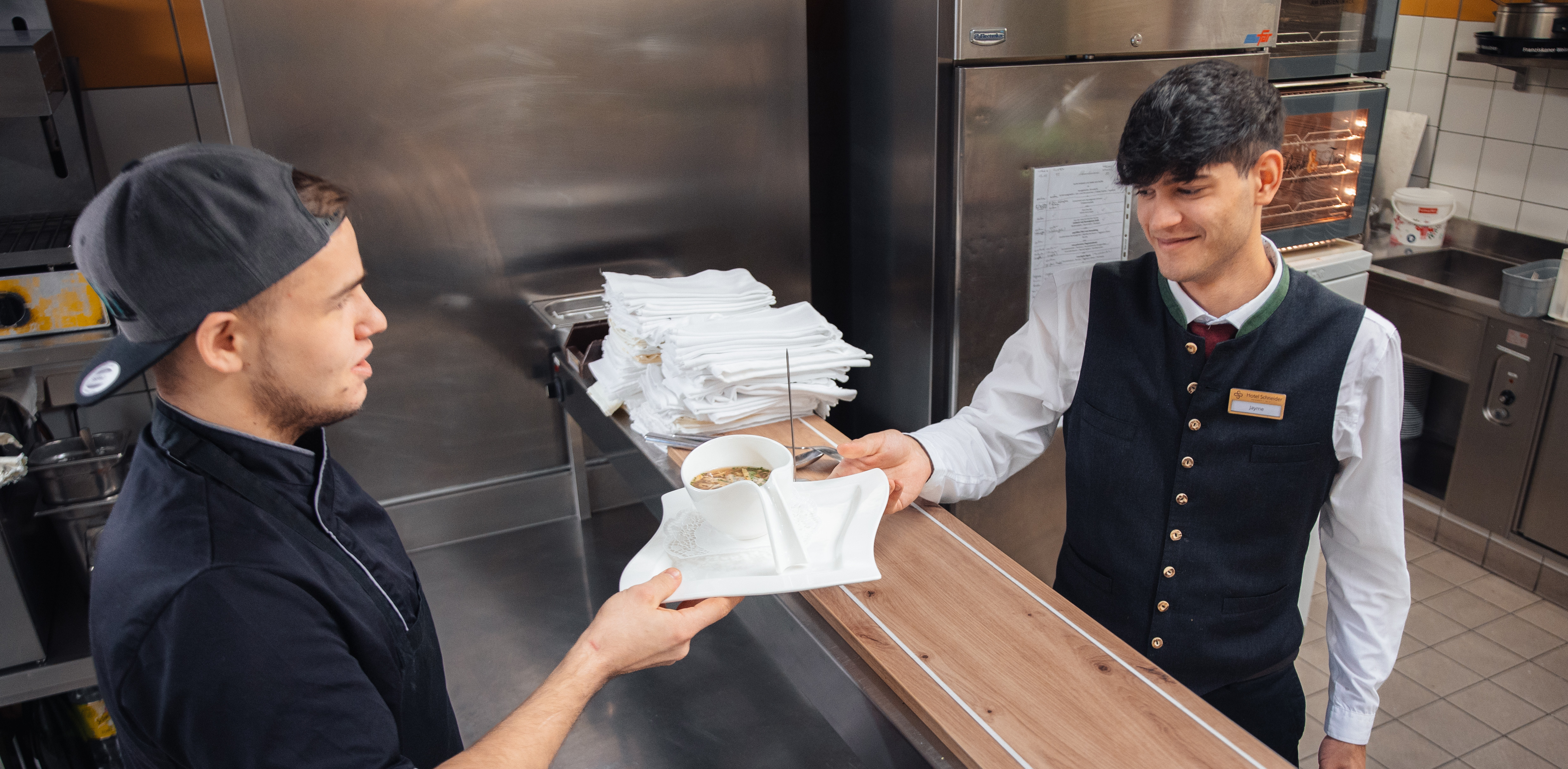
Small lexicon of kitchen terms
Would you have known?
Kitchen utensils, cooking stages, cutting methods: Hotel and catering experts learn a lot during their training. Over the years, however, some knowledge fades - especially if it is knowledge that is no longer needed on a daily basis. It's a shame really, because at some point you really put in the effort to learn all these things ...
That's why HOGASTJOB has prepared a little refresher course in kitchen terminology for you. Test your knowledge now and check what you have memorized!
Dear kitchen staff, the following is probably far too easy for you!
German - Kitchen | Kitchen - German
Do Vichy and cupping make you think of beauty and wellness? And when you think of assembly, do you think of your last visit to Ikea? Understandable! But these terms are also used in the kitchen. What follows is a little dictionary from the category: "Would you have known?"
It's best to test yourself! You get one point for every term you already know. If you end up with more than 20 points, you're a real kitchen vocabulary champion. Grab a pen and pad - and off you go!
Cutting techniques:
tourniere
The special trimming of fruit, vegetables, potatoes and eggs is used to garnish and decorate dishes and drinks.
equalize
To equalize means to adjust - for example, by cutting pieces of vegetables to the same size or shape.
flute
A fluting knife is used to decorate the surface of fruit or vegetables by cutting grooves, scores or serrations into them.
Brunoise
Brunoise describes finely diced vegetables (approx. 1.5 mm) that are used as a garnish for soups and sauces.
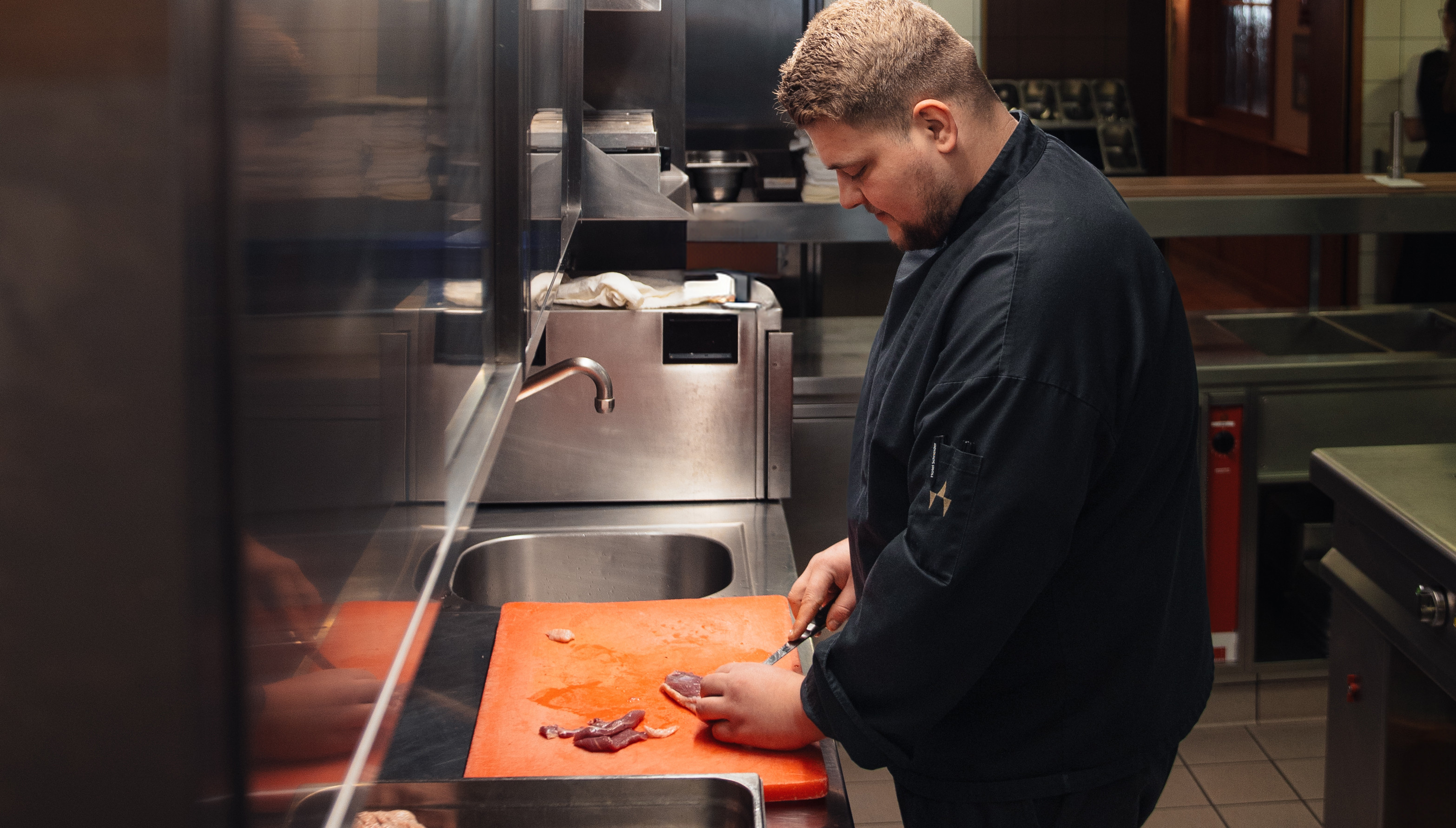
Jardinière
With this type of cut, vegetables or fruit are cut into small (approx. 5 mm) cubes.
Parisienne
This is the name given to vegetables or fruit that have been cut into balls with the so-called Parisian knife (a cutter with a hemispherical blade).
Julienne
The julienne is certainly one of the most commonly used types of cut. It involves cutting vegetables into strips about 2 mm wide.
Macédoine
The Macédoine cut is characterized by medium-sized cubes with an edge length of around 8 mm to 1 cm.
Paysanne
With the Paysanne cutting method, the vegetables are cut into approximately 2 mm thick leaves with a diameter of 1 to 2 cm.
Vichy
Vichy - like julienne - is one of the most traditional types of cut. These are round slices of a vegetable. Carrots cut in a vichy shape are certainly the best known.
Bâtonnets
Bâtonnets are small vegetable sticks about 5 mm wide and 3 to 5 cm long.
Chiffonade
Chiffonade is a way of cutting green leafy salads and herbs. These are rolled up and cut into wafer-thin strips.
Mirepoix
Mirepoix refers to diced and roasted root vegetables (usually carrots, celery and root parsley) with onions as a base for stocks and sauces. The vegetables are cut into large cubes with an edge of 1 to 3 cm.
Salpicon
This is meat cut into cubes that has already been cooked or other ingredients that have been prepared for further processing.
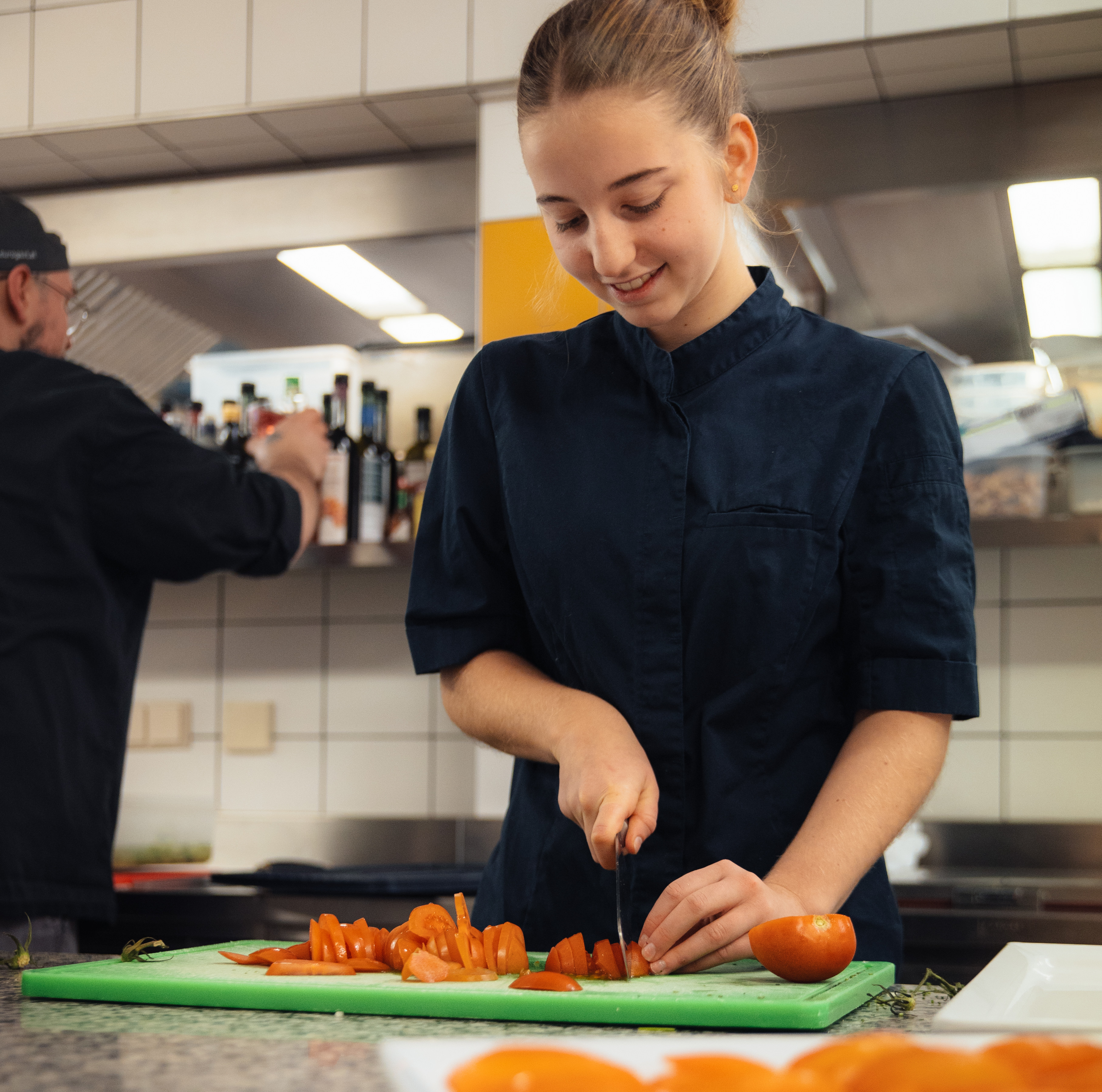
Fish and meat preparation
arosing
This involves basting the food with cooking fat / its own juices during cooking. A small sieve is often used for this.
barding
When barding, (usually lean) meat is wrapped in bacon so that it does not dry out during roasting. This also gives the meat additional flavor.
bridging
Meat is tied together with kitchen twine so that it keeps its shape when roasting. Alternatively, so-called bridging needles can also be used.
paring
Paring is the removal of excess fat and tendons from a piece of meat. The leftovers (called parures) are usually used to make stocks and sauces.
cupping
Cupping can have two meanings in the kitchen. When preparing fish, it refers to cutting into the fish to break up the bones. In the case of meat, the fat side (rind) is cut with a sharp knife to create a crispy crust.
stir-frying
Cooked pieces of meat are removed from the pan and placed on a plate or in a bowl to finish the sauce.
blue-cooking
Blue-cooking is the gentle cooking of whole freshwater fish in vinegar water. It is advisable to use a high-quality vinegar for this.
bleu
Bleu describes a cooking stage of meat. The inside is very rare. The outside of the piece of meat has a thin brown crust.
Rôti
This is the French term for a large piece of meat that is roasted or grilled whole. In gastronomy, it also refers to the main course. This does not necessarily have to be a meat dish.
Sauce preparation:
assemble
Stir in cold butter flakes to create a creamy sauce or soup. This must not be brought to the boil, otherwise it will curdle.
alloy
Soups or sauces are thickened with egg yolks and whipped cream during the alloying process. The result is called an alloy or liaison.
Sabayon
A sabayon is a type of sauce made from a foamy egg yolk plus aromatics such as wine. It requires a water bath over which the egg yolks are stirred.
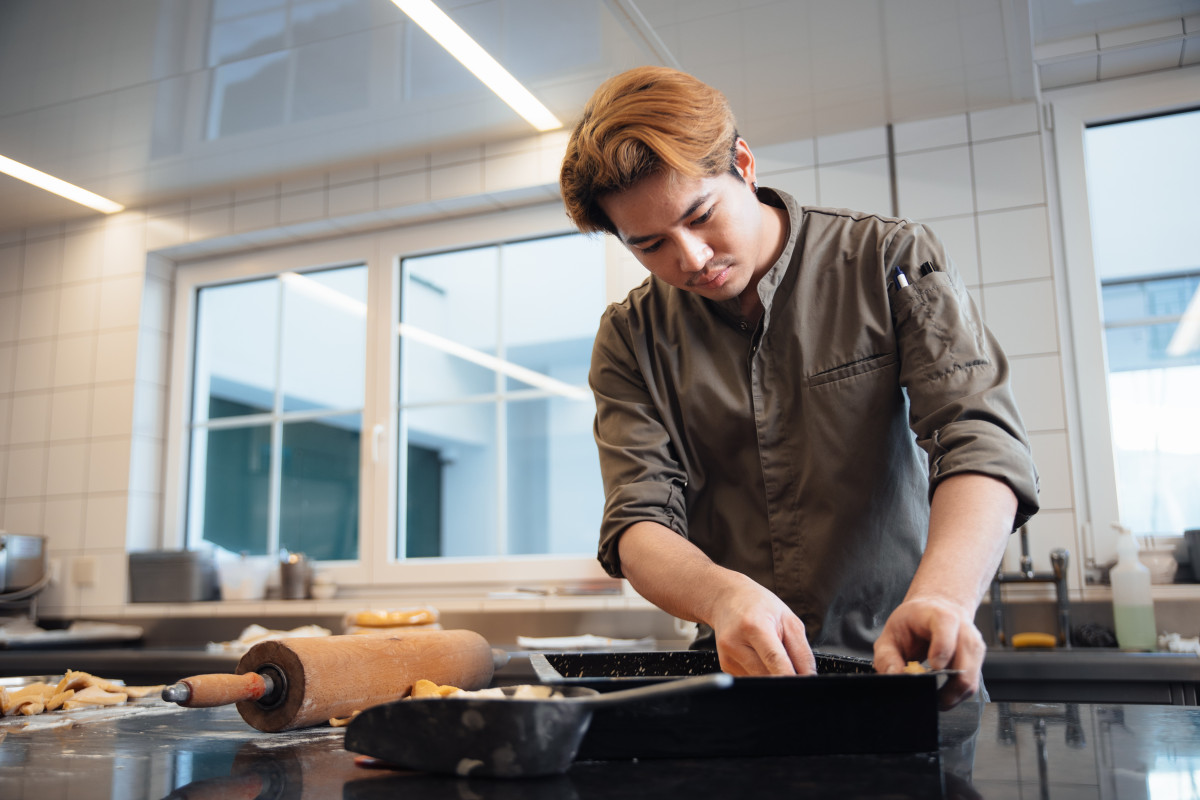
Kitchen utensils:
Etamin
An etamin is a fine cloth for straining soups, sauces or stocks.
Flotte Lotte
This is the name of a hand-operated sieve-like appliance used to puree food. The appliance has a kind of shaft with rotor-like blades in the middle. A crank turns the blades above the sieve base and presses the food into a pot underneath.
Cloche
A cloche (sometimes also called a gloche) is a serving dish used to cover plates or platters.
Menage
This term actually belongs more to the service sector than the kitchen. Nevertheless, we will mention it briefly. A cruet is a place setting for salt, pepper, vinegar, oil or other spices and condiments.
Tip: Can't get enough of expanding your vocabulary? Then you should also learn the most important technical terms relating to wine!
With so much expert knowledge, you're sure to impress your future boss. As always, you can find the best job offers on HOGASTJOB!

